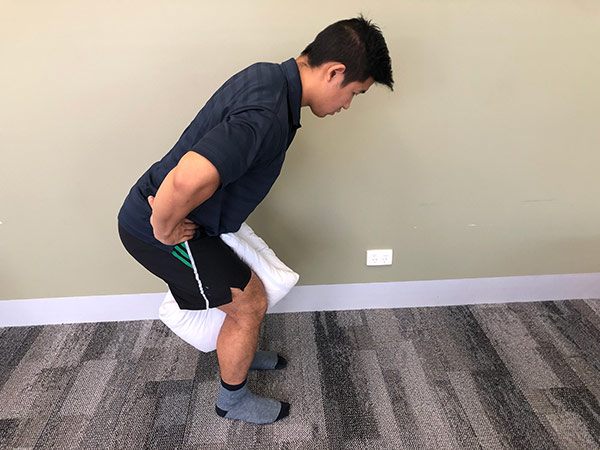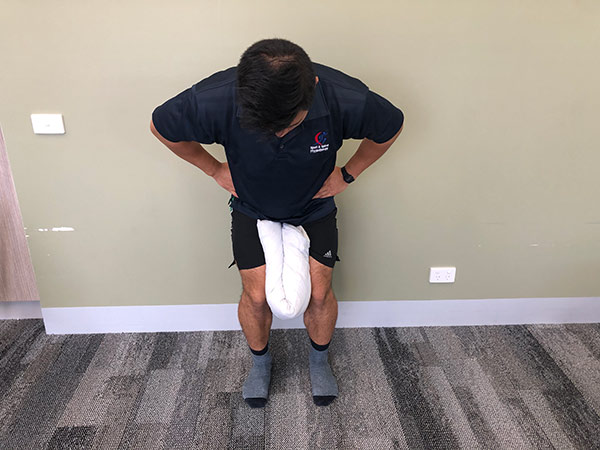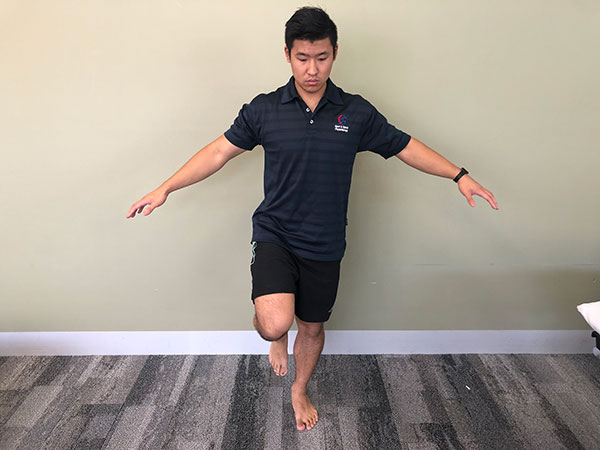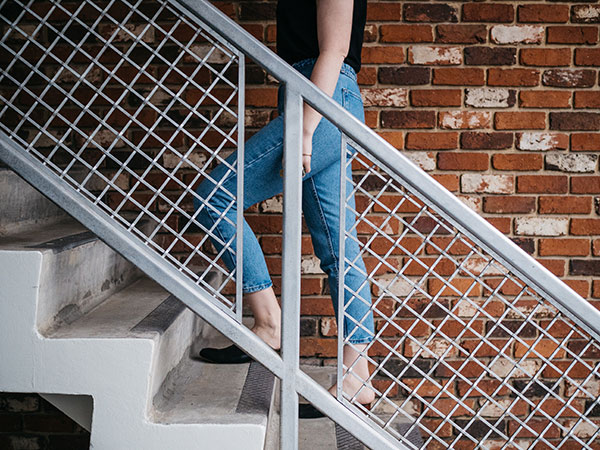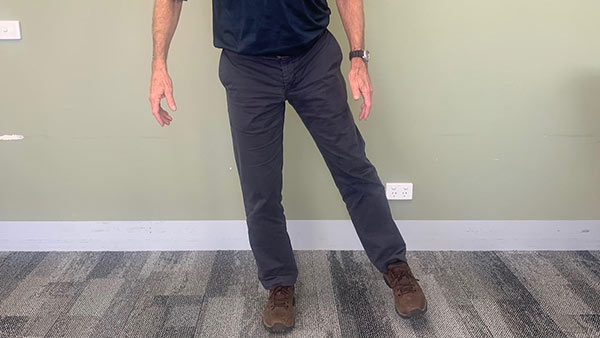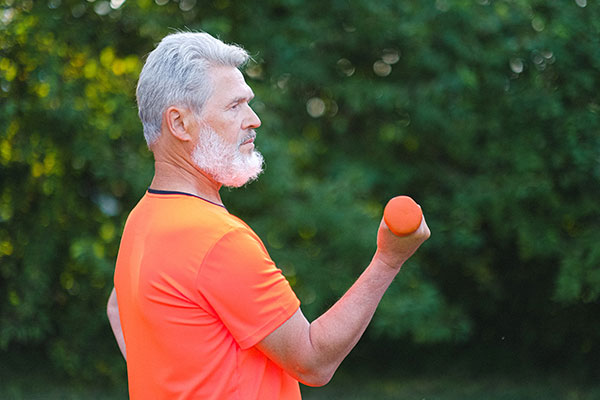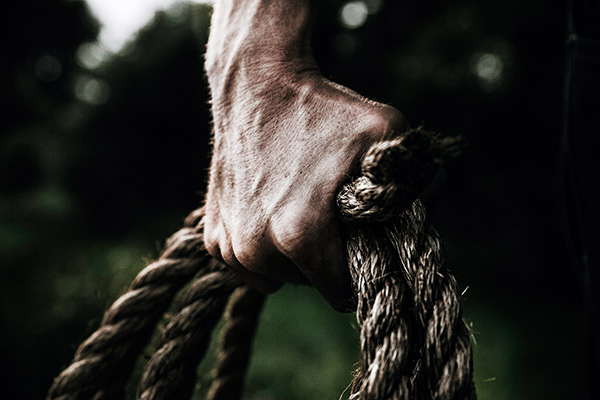Fall prevention: The 8 best exercises to decrease the risk of a fall
April 1 is April Falls (Prevention) Day and the month of April is also fall prevention awareness month. This incredible initiative was designed to promote awareness of a problem that is only increasing in Australia in 2021 and beyond. The demographics of Australia indicate an aging population. The recent Royal Commission into the Aged Care sector indicated that a lot of resources and programs are required for the elderly population sub-group to stay fit and healthy. What we will cover today in our fall prevention article includes steps to undertake for getting stronger, staying independent and hopefully increasing your chances of being able to remain in your own home for longer.
Hospital admissions
Falls are Australia’s largest contributor to hospital. They are a leading cause of injury deaths. According to the Australian Bureau of Statistics (2017-8 data), 42% of hospitalised injury cases and 40% of injury deaths were attributable to falls. The role of Physiotherapy is crucial here. By increasing your balance, strength and body awareness, you are decreasing the risk of a fall. The role of Occupational Therapy is also a key indicator here to provide you with a safer home. They provide such things as rails and non-slip mats.
Australia Physiotherapy Association (APA) on fall prevention
The peak body of Physiotherapy in Australia (APA) has teamed up with state government hospitals to widely distribute the following:
Simple steps that patients need to consider to avoid taking a tumble while they are in hospital are detailed in the ‘Be Safe’ brochure, produced by the ‘Stay on your Feet.’ This falls prevention program outlines general principles that patients can follow. This includes reviewing footwear suitability as well as offering valuable advice on hazards, medications and how to best access safety equipment.
A recent report highlighted how the growing need for Physiotherapists to actually save the community money. Specifically, working towards a preventative health model over a curative: APA | Landmark report confirms economic value of physiotherapy (australian.physio).
The 8 essential exercises you need to be doing right now for fall prevention!
The 8 best exercises you can do from today are discussed below. Please note – be close to a bench or wall when performing these exercises. By holding onto something, especially for the lower limb strengthening exercises, this will assist your balance. In terms of repetitions/sets, 10/2 is a good ratio x1 per day. This is to be used as a guide only.
-
Calf raises
In standing, start with your knees and feet hip-width apart. Slowly lift up your heels as far as you can go with all of your weight on the ball of your feet and toes. Progress to single calf raises if appropriate.
-
Mini squats
In standing, start with your feet and knees wider than hips. Place a folded up pillow between your legs. Slowly bend your knees to come down to a squat. Ensure the weight is into your heels, chest high and back relatively straight. Progress to single leg ½ squats if appropriate (without the pillow).
-
Single leg balance
In standing, start with your knees and feet hip-width apart. Bend one knee to around 90 degrees. For this exercise, try and hold for 30 seconds. Progress to closing your eyes to challenge your proprioception (body awareness).
-
Stairs practice (yes- up AND down)
If you are recovering from injury, attempt to have both legs – one leg at a time – onto the one step to ensure you are safe. A good rule of thumb is “good leg to heaven/bad leg to hell” to guide you in terms of which leg to lead with.
-
Sit to stand practice
Seated, shuffle your weight forwards so that you are close to the edge of the seat. Lean back first and then use your momentum to push up through the legs to come into a standing position. Progress to a lower lying chair to make it more effort for your legs.
-
Hip abduction
In standing, start with your knees and feet hip-width apart. Lift one leg out to the side as far as you can go. Have a little bend into the stabilising leg. Progress to using a resistance band to build up more strength.
-
Bicep curls
Upper body strength is very important in reducing your risk of a fall. Start in standing with a light weight and your arm straight. Bend your elbow slowly and then return to the starting point. Progress to a heavier resistance where applicable.
-
Grip strength
Grip strength is a long-term predictor of mortality from all-causes, cardiovascular disease, and cancer. By having appropriate grip strength, you can hold your own body weight easier. Squeezing a tennis ball and holding is great exercise to start with.
Building confidence for fall prevention
A common occurrence here at Sport and Spinal Physiotherapy is having a client who has previously been fit, active and independent. Following a fall and a stay in hospital (if required), we tend to notice that they are lacking in confidence. Please note, the following a generalisations. What I mean by this is that they are taking shorter steps in their stride, taking longer to do menial tasks and are looking at supporting themselves as they go to sit down. Whilst in nature these practices appear fine (and safe!), it is the mental fatigue that can set in whilst doing these tasks that can be the onerous part.
If you are thinking about every action the last degree, then this can cause mental and physical fatigue. In turn, this can heighten this chance of a fall as you are pre-occupied with a certain movement that you have achieved numerous times in your life. An example of this can be seen by-way-of sitting down. By using so much energy to ensure they sit down, one can be exhausted just from completing this simple movement. By following the guide that I have left today can get you moving more comfortably and more efficiently.
Exercise Physiology
Our Exercise Physiologist, Alysha, is a great motivator for older people looking to improve their health. By creating an individualised program for you, she can keep you honest and up-to-date with the latest evidence-based practice. Arthritis is common condition in people over 65 years of age. Here we have provided a brief overview of common conditions: Arthritis | Physio, Poditary & Massage (sportandspinalphysio.com.au)
Further to this, we offer a “no-gap” service for clients with a Chronic Disease Management referral from their doctor. This is for Exercise Physiology sessions. Please speak to your General Practitioner regarding this.
Conclusion
So, there you have it! By following a dedicated strengthening program set up by a Physiotherapist or Exercise Physiologist, you are on track to for fall prevention. Targeted exercises for your lower limb AND upper limb should have you moving with more confidence and ability. Keep moving forwards!


